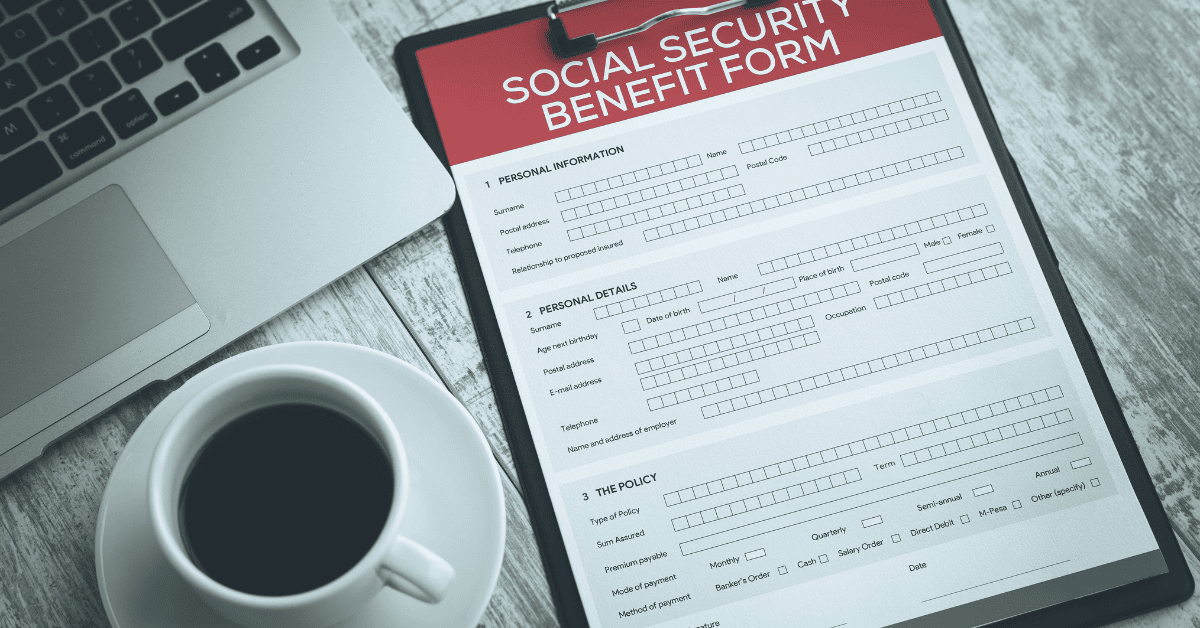You did it! You walked across the stage and received your diploma, perhaps along with a handshake from the dean or maybe even your college president. You got that degree, and now that you’ve started your first “real” job, you’re on the way into your professional future.
But along with the satisfaction of beginning your career, you also know that student loan payments hover in the future—or maybe you’ve already started making payments. If you’re in this position, you’re far from alone; at the beginning of the 2025–26 academic year, the average balance of student debt for all degree types was around $39,000, up from about $38,000 the previous year.
Now, keep in mind that the debt you’ve incurred to secure a college degree or even technical training should be considered as an investment in your future. To be competitive in the job market, you need the credibility, skills, and training that can only be obtained through the right kind of education. But the fact still remains that your student loans constitute a debt that must be repaid.
Fortunately, there are some things to know and to do that can make student loan repayment, if not easier, at least less mysterious and threatening.
Federal loans are still your best option.
First, it’s important to understand exactly what type of loan (or loans) you have. While educational loans are also offered by private lenders, it is almost always in your interest to utilize the federal student loan program. As opposed to private student lenders, federal programs typically feature lower interest rates, offer more liberal repayment terms, and do not require rigorous credit history or co-signers. They also typically feature hardship repayment options, in the event of unemployment or underemployment (about which more below). For federal direct undergraduate loans disbursed between July 1, 2025 and June 30, 2026, the fixed interest rate is 6.39% (down from 6.53% the previous year).
Build your debt into your budget.
Because your student loans are likely to be one of the most significant monthly obligations you’ll have as you begin your career, be sure to include the required payments for all your education debt in your “payables” column. If you’re like most graduates, you took several loans during your time at school, so make sure you’re clear on the total monthly amount you’ll need to keep current on your payments.
Know your grace periods.
Typically, education loans allow a certain period of time after you finish school before you need to begin paying. This grace period may be different for each loan you obtained.
Alternative repayment plans on federal loans.
One of the benefits of using the federal student loan program is the choices it gives you for repayment.
- Graduated repayment: Allows you to make lower payments at the beginning, and gradually increases the amount over a ten-year period. This is a good option for those who are reasonably assured of getting regular raises, bonuses, or other income boosts.
- Extended repayment: Allows you to stretch your payments over a longer period of time, resulting in lower monthly payments (but more interest paid over the life of the loan).
- Income-contingent repayment (ICR): Limits payment to no more than 20% of your adjusted gross income (AGI) for up to 25 years. At the end of this term, any remaining balance is forgiven.
- Revised Pay As You Earn (RPAYE): For those who can prove financial hardship, this plan limits payments to no more than 10% of your monthly income for up to 25 years. If you’re able to qualify, you may be able to keep the plan, even if you no longer have the hardship.
Develop a payoff plan.
Though a debt payoff plan can be used for any kind of debt, it can also be a great way to start making a dent in your education loans. The idea is to pick a loan—ideally, the one with the highest interest rate—and budget for making a payment larger than the monthly required minimum on that loan, while maintaining minimum payments on your other debt. By paying “extra,” you’ll liquidate the high-interest loan early. Then, start applying the amount you were paying on that loan to the one with the next-highest interest rate, and so on. In this way, you’re allocating the same amount of money per month to your debt, but by paying extra each month, you’ll pay off the loans quicker, likely saving thousands in interest.
Stay in touch with your lenders.
Whenever you move or change your phone number or email address, tell your lender right away. If your lender needs to contact you and your information isn’t current, it can end up costing you a bundle. Open and read every piece of mail—paper or electronic—that you receive about your student loans. If you’re getting unwanted calls from your lender or a collection agency, don’t stick your head in the sand; talk to your lender! Lenders are supposed to work with borrowers to resolve problems, and collection agencies have to follow certain rules. Ignoring bills or serious problems can lead to default, which has severe, long-term consequences.
A comprehensive financial plan that includes a strategy for paying off your student debt can reduce stress and build confidence. If you need help and advice for designing such a plan, a professional financial advisor can prove valuable. At Mathis Wealth Management, we work with clients to develop real-world plans that can lead to long-term financial success. To learn more, visit our website and read our article, “After ‘I Do’: Estate Planning for Newlyweds.”












